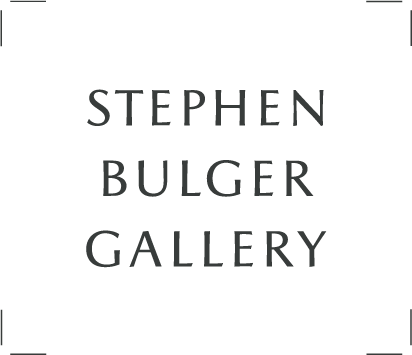(b. Hamburg, Germany, 1903; d. Munich, Germany, 1975)
Born into a prosperous merchant family in Hamburg, Germany, Herbert List began as an apprentice in 1921 at his father's company as a Heidelberg coffee dealer. At that time, he was also studying literature and art history at Heidelberg University. From 1924 to 1928 List photographed his travels for his father's coffee company.
In 1930 List was introduced to Andreas Feininger because of his connections to the European avant-garde and his education. Feininger introduced him to the Rolleiflex, a more sophisticated camera facilitating deliberate composition of his images. Under the binary influence of the Surrealist movement and Bauhaus art, List started to develop his own style by photographing still life images and friends. Inspired by ideas of Romanticism he described his images as being composed visions where his arrangements try to capture the subliminal essence inhabiting and animating the world of appearances.
Due to political and personal reasons, List left Germany in 1936 and turned his photography hobby into a profession. He worked in Paris, France and London England, where he met George Hoyningen-Huene, who refered him to Harper's Bazaar for some projects. Unsatisfied with working as a fashion photographer, he focused more on composing studio still life photography. His still life photographs would later be compared to the paintings of Max Ernst and Giorgio de Chirico. List became the most prominent photographer representative of a style called fotografia metafisica.
Leaving personal and artistic restraints of a fascist Germany behind, List's work became more playful and intimate. Mediterranean life made the years 1936 to 1938 his most fruitful. Images of young men on sunny beaches not only showcased the male physique, they also illustrated a private journal of friendships and encounters made during his travels. The subjects' natural and spontaneous attitude appealed to fashion photographers of today.
Greece was List's main interest from 1937 to 1939 after his first visit to the historic temples, sculptures and landscapes. His first solo show in Paris opened in the summer of 1937 and he publications in Life, Photographie, Verve and Harpers Bazaar followed. List worked on his first book called "Licht Ueber Hellas", which wouldn't be published until 1953 due to the war. During his time in Athens, List hoped to escape the war but was forced by the invading troops to return to Germany in 1941. Some of his work, which was stored in a hotel in Paris, was lost forever. Because of his Jewish family descent, List is not allowed to publish or officially work in Germany.
Like for most Europeans the period of 1940 to 1945 was a difficult time for List. Forced out of Greece and without a permit to work he had to carefully avoid German authorities not to get drafted and sent to the eastern front. During this time, photographic materials were scarce so List started drawing as a creative outlet.
List took portraits of Cocteau, Honegger and Picasso during a short visit to Paris, and photographed an enigmatic series on the wax figurines of the Panoptikum in Vienna before he was drafted by the Wehrmacht to Norway until the war ended in 1945. He photographed the ruins of war-torn Munich and becomes art editor of HEUTE, an American magazine for the German public. More portraits of European artists and photo-essays for European and American magazines followed. His style changed in the postwar years as he became less occupied with formal aspects and his work began to show a strong interest in portraiture.
In 1951 Herbert List met Robert Capa who convinced him to work as a contributor for Magnum. List was still attracted mostly to Greece and Italy, but street photography, photoessays and portraiture became his genres. In 1953 he discovered the 35 mm camera. His work became more spontaneous and influenced by his Magnum colleague Henri Cartier-Bresson and the Italian Neo Realism film movement. List traveled to Spain, Mexico, Morocco and the Caribbean, and the postwar economy finally allowed List to complete several book projects that had been on hold: Licht Ueber Hellas (1953), Rome (1955), Caribia (1958), Nigeria (1961) and Napoli (1962) in collaboration with Vittorio de Sica.
In the mid-1960s List gradually lost interest in photography. His collection of Italian Old Master Drawings absorbs his full attention, involving numerous trips to collectors, museums and auctions in Italy, London, Paris and New York. Herbert List died in Munich, Germany, in 1975.

